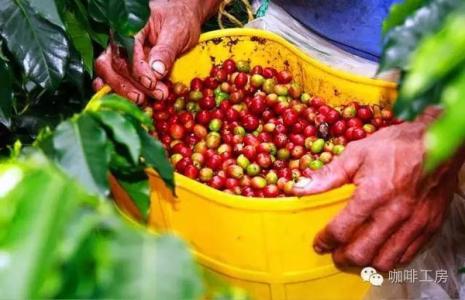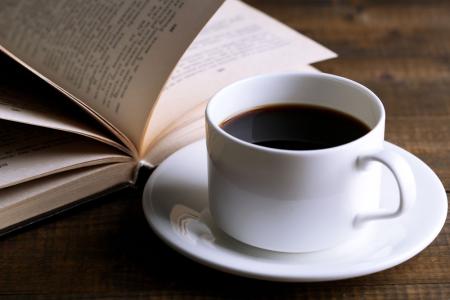Coffee extraction rate and concentration Professional analysis Hand brewed coffee extraction time
Professional Analysis of extraction rate and concentration of Coffee extraction time of hand Coffee
One of the key factors in making a good cup of coffee is grinding. Proper grinding can fully extract the organic substances that produce flavor in coffee, and improper grinding may lead to excessive or insufficient extraction of coffee. Either way, the coffee will not taste good enough and may even have an unpleasant taste. Coffee can be fully extracted only when it is properly ground. About 30% of the coffee is soluble in water, and the remaining 70% is insoluble in water and xylem. The fascinating flavor of coffee is due to the fact that 30% of the organic matter dissolves in water and stimulates taste buds and olfactory bulb cells, including the well-known sour, sweet, bitter and salty (with the addition of a fifth "fresh flavor"). How to adjust the best grinding has become a serious lesson that can not be ignored.
Step 1. First of all, boil the water.
Step 2. It is called milled beans. (15g grinding degree per person refers to flannel medium thick)
Step 3. After the water is boiled, wash the utensils first, put the filter paper on the filter cup, then wash the filter paper, remove the smell of the paper, and warm the apparatus, pour the powder in, pat it evenly, and cool the water to 85 ~ 90 °C.
1, capacity. The amount of coffee is lounce (including crema, between 25~35ml)
2, water temperature. It was extracted with water with a water temperature of 90.5-96 degrees.
3, air pressure. The pressure is 8.5 to 9.5 atmospheres.
4, time. The extraction time is 20: 30 seconds.
5, jet lag. The Espresso extraction time difference of each coffee is less than 3 seconds.
6, coffee cup. Espresso must be crashed into 60~90ml 's container with a special coffee cup with a cup ear. The special coffee cup has a unique name demitasse cup.

Important Notice :
前街咖啡 FrontStreet Coffee has moved to new addredd:
FrontStreet Coffee Address: 315,Donghua East Road,GuangZhou
Tel:020 38364473
- Prev

Brief introduction of grinding scale for flavor description of Arabica coffee bean varieties
A brief introduction to the Grinding Calibration of Arabica Coffee Bean Variety Flavor description; although both Arabica and Robesta are widely cultivated, there are significant differences in Arabica (Arabica) Canephora (Robusta). Beans are different, plants are different, and then, their scope of use is also different. Arabica is made from Arabica coffee beans growing at high altitudes.
- Next

Coffee machine grinding thickness numerical value hand-milled bean thickness
* about extraction temperature: according to the depth of baking, the density of beans, flavor characteristics and personal preferences, the temperature can be adjusted in a wide range, generally at 88-92 ℃ as the reference point. * with regard to the extraction scheme: if you need to adjust the extraction scheme, it is recommended that only one variable be adjusted. Because the more variables you adjust at the same time, the more difficult it is to figure out which one the problem is.
Related
- Beginners will see the "Coffee pull flower" guide!
- What is the difference between ice blog purified milk and ordinary milk coffee?
- Why is the Philippines the largest producer of crops in Liberia?
- For coffee extraction, should the fine powder be retained?
- How does extracted espresso fill pressed powder? How much strength does it take to press the powder?
- How to make jasmine cold extract coffee? Is the jasmine + latte good?
- Will this little toy really make the coffee taste better? How does Lily Drip affect coffee extraction?
- Will the action of slapping the filter cup also affect coffee extraction?
- What's the difference between powder-to-water ratio and powder-to-liquid ratio?
- What is the Ethiopian local species? What does it have to do with Heirloom native species?

